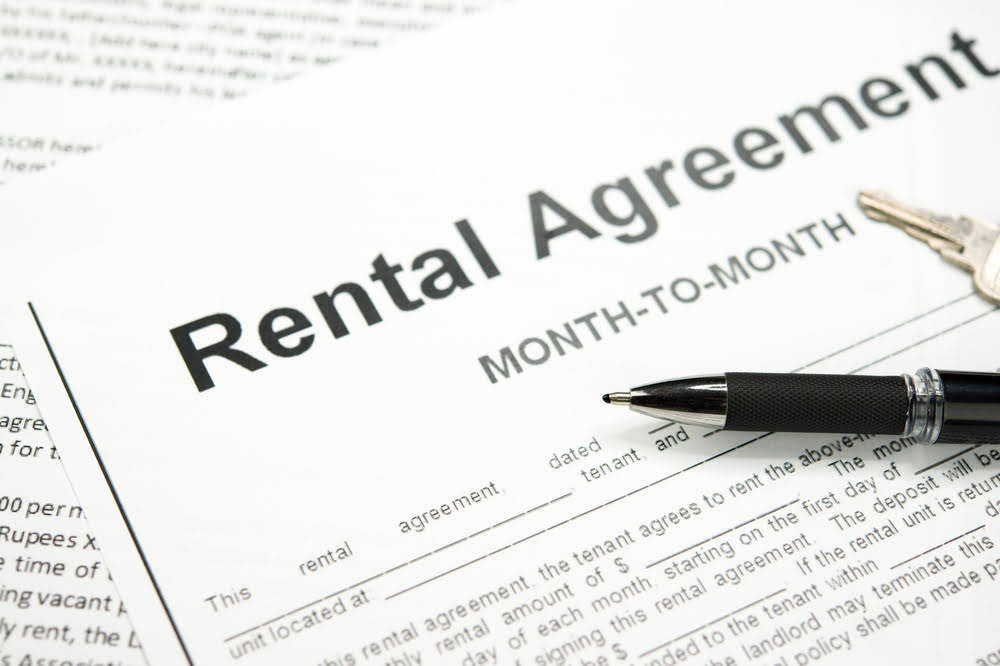
Below is an example of the journal entries for the disposal of assets with a loss. When an asset is disposed of with a gain, the journal entries will involve recognizing the gain and removing the asset from the books. Below is an example of the journal entries for the disposal of assets with a gain. Fixed assets are long-term assets that a business holds for more than one year and are used in the production of goods and services. The disposal of fixed assets refers to the process of selling or otherwise getting rid of these assets when they are no longer needed.

Lastly, a debit to the loss on sale account reflects the loss on sale (expense or decrease in equity). This is needed to completely remove all traces of an asset from the balance sheet (known as derecognition). An asset disposal may require the recording of a gain or loss on the transaction in the reporting period when the disposal occurs. For the purposes of this discussion, we will assume that the asset being disposed of is a fixed asset.
Why is Asset Disposal important?
To record the transaction, debit Accumulated Depreciation for its $35,000 credit balance and credit Truck for its $35,000 debit balance. The company recognizes a gain if the cash or trade-in allowance received is greater than the book value of the asset. The journal entries required to record the disposal of an asset depend on the situation in which the event occurs. Partial-year depreciation to update the truck’s book value at the time of trade- in could also result in a loss or break-even situation.
China Property Debt Crisis Spurs Record Bad Loan-Tied Bond Sales – Bloomberg
China Property Debt Crisis Spurs Record Bad Loan-Tied Bond Sales.
Posted: Wed, 08 Nov 2023 23:00:00 GMT [source]
Kevin Henderson is a member of WSO Editorial Board which helps ensure the accuracy of content across top articles on
Wall Street Oasis. Kevin is currently the Head of Execution and a Vice President at Ion Pacific This content was originally created by member WallStreetOasis.com and has evolved with the help of
our mentors. Unfortunately, the company can only sell the machinery for $15,000 due to its outdated technology. When disposal value is calculated correctly, companies can optimize their asset portfolio and replace underperforming assets to enhance operational efficiency. The numbers in the problem are normally given to you or can be found easily on the financial statements.
Double declining method (Accelerated method)
The disposal value directly impacts the reported financial results and helps provide a fair view of the company’s financial position. Below are the most common depreciation methods companies use to evaluate the disposal value of plant and equipment. Accounting establishes internal controls and procedures to ensure proper https://www.bookstime.com/ authorization and documentation. This helps in conducting audits and ensuring the reliability of financial information related to asset’s disposal. In the final part of the question the business sells the asset for 4,500. Since the asset had a net book value of 3,000 the profit on disposal is calculated as follows.
Asset disposal, also called de-recognition, is the removal of a long-term asset from a company’s financial records. If there is a difference between disposal proceeds and carrying value, a disposal gain or loss occurs. It is fully depreciated after five years of ownership since its Accumulated Depreciation credit balance is also $35,000. When a fixed asset that does not have a residual value is fully depreciated, its cost equals its Accumulated Depreciation balance and its book value is zero. A gain results when an asset is disposed of in exchange for something of greater value. On the other hand, if the cash proceeds are less than the fixed asset’s net book value, there will be a loss on the disposal of the fixed asset.
Journal Entries of Asset Disposal with No Proceeds
The first situation arises when you are eliminating it without receiving any payment in return. This is a common situation when a fixed asset is being scrapped or given away because it is obsolete or no longer how to record disposal of assets in use, and there is no resale market for it. In this case, reverse any accumulated depreciation and reverse the original asset cost. If the asset is fully depreciated, then that is the extent of the entry.
This means that as a first step, the business may be required to record a depreciation entry before the sale of the asset to ensure it is current. A business may only own depreciable assets for a portion of a year in the year disposal (or even purchase). Businesses must be consistent in how they record depreciation for assets owned for a partial year. A common method is to allocate depreciation expense based on the number of months the asset is owned at time of disposal. For example, a business with a 30th June financial year, disposes an asset with an annual depreciation of $10000 on 1st January. In this instance, the depreciation expense would thus be $5000 ($10000 × 6/12), instead of $10000.
We see assets having no value, usually with intangible assets but sometimes with machinery. Additionally, it plays a role in investment decision-making because if companies know how valuable their asset will be as it ages, they can determine if the benefits exceed its costs. There can be severe consequences to a company’s operations and reputation if they are found not upholding GAAP standards. Hence, why it is extremely important for companies to dispose of their assets at their correct value.
- This means the book value of the equipment is $1,080 (the original cost of $1,100 less the $20 of accumulated depreciation).
- Gains happen when you dispose the fixed asset at a price higher than its book value.
- The disposal value is a numeric amount that equates to how much the asset is worth at the date of its deposition.
- “Salvage value” is the cash you receive when you sell the asset at the end of its useful life.
- Let us look at an example of a gain and loss alternative using the MAAS Corporation data.
- The common denominator for all journal entries would be the recognition of a gain or loss.
- In the final part of the question the business sells the asset for 4,500.
Harold Averkamp (CPA, MBA) has worked as a university accounting instructor, accountant, and consultant for more than 25 years. It also allows organizations to optimize resource allocation, reducing expenses and making a business more profitable. There are many ways to dispose of an asset, but a crucial step is properly assigning disposal value.

Recent Comments